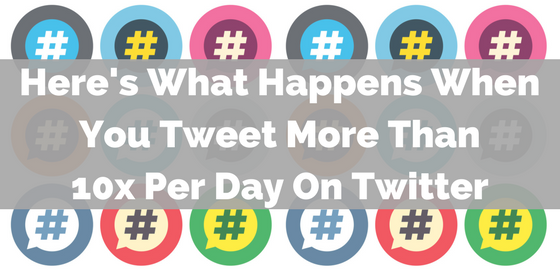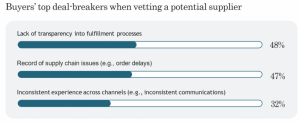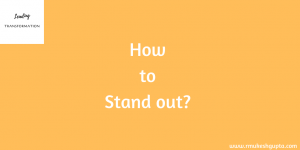Do you think you’re tweeting enough? Or do you need to tweet more?
This is a question I ask of myself and of our clients.
So I spent an entire year trying to figure out what happens when you tweet more.
Here are my results from a yearlong case study (of myself).

How Often Should You Tweet?
I scoured the internet for an average users tweets-per-day — but I wasn’t successful in finding that data.
All I was really able to find was this REALLY OLD post from HubSpot where Dan Zarella states the following …
“Users who tweet between 10 and 50 times per day have more followers on average than those that tweet more or less frequently. The “peak” of the curve below is at about 22 tweets per day.”
But let’s be real: a range of 10 to 50 isn’t that specific or helpful. So I looked for more posts from professionals seeking to give tweet-per-day advice.
Like these below …
- Social Bakers conducted a study and says engagement decreases after the third tweet (2013)
- Buffer says you should tweet 14 times a day (2014)
- Neil Patel suggested posting 1-5 times per day would, “not take too much time, will increase audience engagement, and will leave you with the time you need to focus on more important parts of your business.” (2016)
Over the years no definitive answers had really emerged, so I decided to do a bit of my own testing.
Here’s what went down …
I Decided To Tweet More (And This Is What Happened)
From January 2016 to January 2017 I decided to tweet more. In fact, I sent 5,809 tweets over the course of a year.
That’s an average of 15.9 tweets per day — though I can tell you there were some days I tweeted more or less than others.
The previous year I was at about half that, so I guess you could say I doubled my efforts.
Here are the metrics for my year of tweeting from my go-to tool of choice, Sprout Social.

You’ll notice I’m not including my 123 direct messages (DMs) as “tweets.”
I had a healthy reaction to those tweets, with:
- 4,607 mentions over the yearlong effort
- 219 direct messages (yes, as you’re guessing, many of those were spam! Gah.)
So we can positively conclude that most of my tweets garnered some sort of reaction.
However, in an effort to be really transparent, let’s break down the metrics even more.
Tweet More, Increase Engagement
The biggest reward for tweeting more was (you guessed it) more exposure. And that exposure led to more engagement.
My engagement breakdown over the yearlong study looked like this:

So of the 5,809 tweets I sent from January 2016 through January 2017, I was able to snag:
- 1,203 replies (20% return on conversation)
- 921 retweets (16% return on sharing)
- 147 retweets with comments (2.5% return on conversation & sharing)
Not too shabby, right? We marketers know that a 20% return on anything is pretty darn good.
Breaking it down even further, here’s how my engagement metrics related to my audience size:

While these numbers aren’t super, they did help me grow my Twitter audience:

Even though I only followed a select few during my yearlong study, the content I consistently tweeted was able to help me grow my audience by 16.5% compared to the previous year.
Which actually brings up a good point … I wasn’t just tweeting crap!
More Tweeting, Concentrated Content & CONVERSATION
Out of the 5,686 tweets I sent (including 123 direct messages, which were all plain text):
- 2890 were plain text tweets
- 1241 were text with a link
- 1555 contained a photo
Here’s my content breakdown from another Sprout Social report:

Notice all of those plain text tweets? That’s not just me tweeting out statements or opinions, that’s me thinking conversation with my followers, audience, and potential clients!
74% of my activity during January 2016 and January of this year is conversational, while only 26% of what I posted was considered an “update.”
Other Findings
I still can’t definitively tell you that tweeting 10 times a day, or 15.9 times a day is the “sweet spot.” You’ll have to run your own diagnostics.
I can tell you that based on my study, there is a direct correlation between the amount of content you’re tweeting and the amount of engagement you receive.
See the evidence below:
- When my number of tweets sent dipped (orange line), so did my engagement. Oh, and that huge boost in likes? A Tweet Chat I did with Sprout Social!

- Just so you see the correlation, here’s a client of B Squared Media’s. Notice when their number of tweets sent increased (orange line), so did their engagement.

Final Thoughts
Did anything extraordinary come out of tweeting more? Not really.
We did grow our business by over 200% last year, but I’m not in any way, shape or form attributing that to Twitter or tweeting more.
I can say that more tweets helped me:
- Get more engagement
- Grow my followers
- Network more/have more conversations
I’m hoping in some way those outcomes are helping me grow as an authority and thought leader online.
But when it comes down to it, can I tell you that you have to tweet more? That posting 15.9 tweets per day will make you a star or save your business?
Nope. I can’t.
With rumors of Twitter’s demise, I can’t even promise you any efforts are worth it. But I’ll still be there, tweeting away!
What are your thoughts about Twitter tweeting and posting frequencies? Does it matter to you? Or no? Let me know in the comments section below!
Digital & Social Articles on Business 2 Community(93)
Report Post







